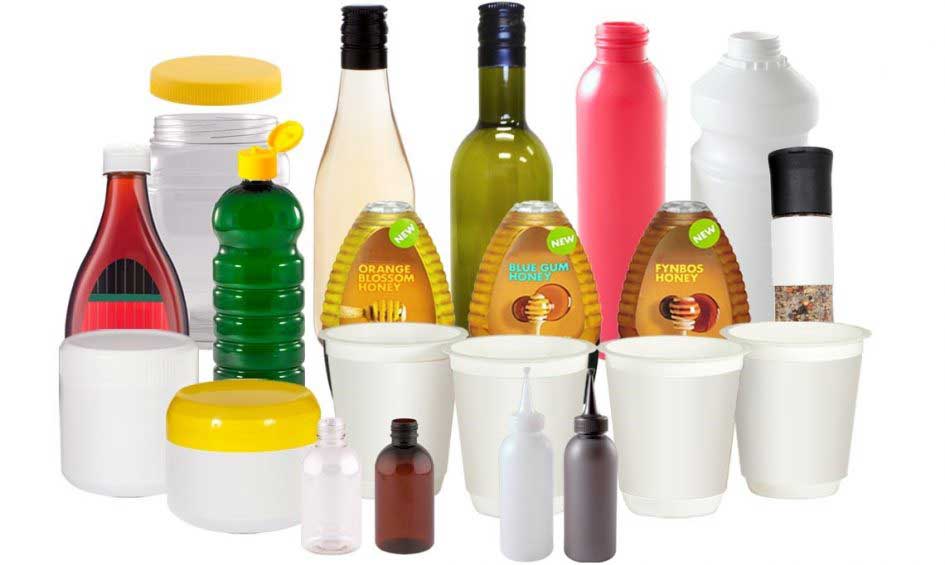Reviewed by Anurag Mishra (Sr. Technical Consultant)

In plastic industry, there are many reasons for rejections and colour is one of the major reasons. Maintaining the consistency is one of the biggest challenges. Rigid plastic packings are used in consumer goods and other critical applications.
In B2C product manufacturing where the consumer is the end buyer, keeping the packing attractive and consistent is very important. Because a customer recognises the product with its appearance, instead of its brand name etc. Therefore, it becomes the responsibility of the manufacturer to take care of the product’s appearance. Label designers, packing manufacturers utilises Plastic Color Measurement devices to keep the product look same for years and years. However, there are numerous of factors that contribute in creating disparity.
Common Reasons for Colour Disparity
Raw Material – When the raw material is procured in the form of granules or powder, they are further processed in the required colour before the moulding process. If there is no checkpoint at that stage, the inconsistency will be carried forward throughout the process. And further to this it would be difficult to reverse the process.
The difference in Lighting Conditions – In production houses, the lighting conditions vary at every step. If there are different light sources in the dying lab, it would definitely create a discrepancy in the final product during QC. It is the responsibility of the colour managers to guide the production head to keep the lighting conditions appropriate or use right colour matching cabinets to avoid any colour confusion.
Change in Colour Due to Heat Exposure – Certain dyes respond to heat exposure. The colour managers have prepared a coloured material which may experience a slight change in colour during blow moulding process. This change is captured by Plastic Color Measurement devices and may face rejection if the colour discrepancy is more than tolerance level.
To overcome the colour matching challenge at different stages, Testronix offers a wide range of colour matching solutions. These colour devices read the colour accurately under specific lights and store the data in the form of colour code in the memory. In such cases, if any change in the colour during the production is found it can be detected easily using the colour testers and the original colours can be determined and compare using the colour codes. If you are looking for colour testing devices and seeking a guidance for buying the perfect one for your industry, contact us. Our experts will help you in making right decisions.